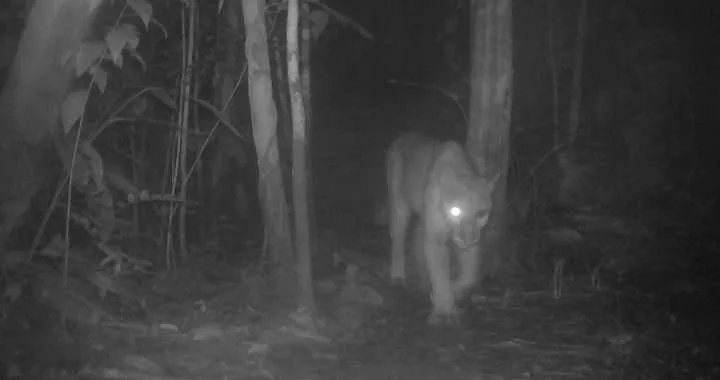How does a Coati Cross the Road?
Look Both Ways and Run Like the Wind
AUTHOR: Jack Ewing
My beat-up old pickup rattled and bumped down the potholed gravel road headed for Dominical when I caught sight of a raccoon-sized animal running into the brush on the righthand side of the road. Then another came from the jungle to the left, dashed across, and another. Not wanting to interrupt the passage of the animals that now were recognizable as a group of female coatis and their young, I stopped and waited for them to continue. A head eased out of the jungle and looked at my pickup. The young coati decided that I wasn’t a threat.
Then, to my astonishment, it looked to the left and right and barreled across. Four more, all juveniles, did the same thing, everyone looking both ways before crossing. After a minute, I continued on my way, glancing to the left at the location of the crossing. Back in the jungle were two more adults waiting. “They aren’t so trusting as the kids,” I thought. “Amazing that they teach the youngsters to look both ways before stepping into the roadway. I know a few human kids who could use a lesson or two in that respect.”
This incident took place about ten years before the completion of highway #34 in the year 2009. In the three kilometers of the new highway that passes through Hacienda Barú National Wildlife Refuge, both suspension bridges and tunnels, designed explicitly as wildlife crossings, were incorporated into the construction of the highway.
Female coatis and their offspring travel in groups. They are very protective of the young and wary of anything that might pose a threat. The males, sometimes called coatimundis, are solitary except at mating time. They are much braver than the groups of females and young and are so arrogant that they sometimes swagger and walk very close to humans.
After the highway was built a strange thing happened. The groups of females and their young quit crossing the highway. Camera traps placed at the ends of the bridges and the tunnels have captured numerous photos and videos of solitary male coatis using these structures to cross the road safely. But no camera trap has captured a group crossing, nor has any of the Hacienda Barú staff seen a group running across the surface of the highway.
We quit using camera traps on the tunnels in about 2015 because poachers were stealing the ones that weren’t locked down and damaging the ones that were. One Hacienda Barú guide recently witnessed a group of coatis passing through a tunnel. I wonder if they told the kids to look both ways before entering the tunnel. It took them over ten years, but they finally decided it was safe.
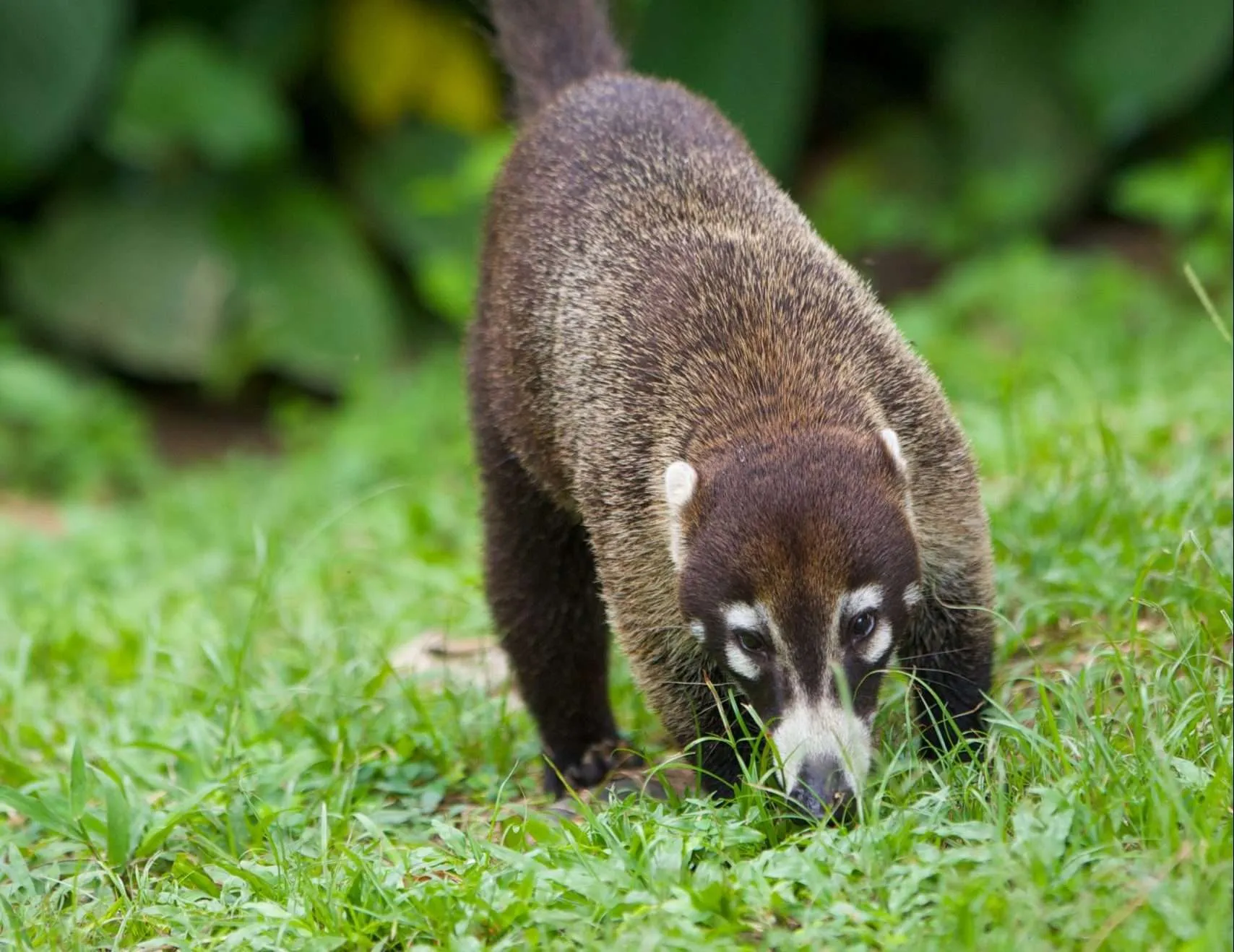
What to do, Where to eat and Where to stay…
South Pacific Costa Rica Beaches
Looking for business directories, maps or other printouts? We’ve got that too!
Dare to Discover and Enjoy…
Check out…
Need help planning your next trip to Costa Rica? We look forward to help you!
Email: carlos@ballenatales.com
Phone: +(506) 8946 7134 or +(506) 8914 1568
Skype: ballenatalestravel

Busting Myths About Costa Rica Destination, Free Costa Rica Magazine #99
We’ve recently seen misinformation circulating suggesting that Costa Rica is an expensive destination.
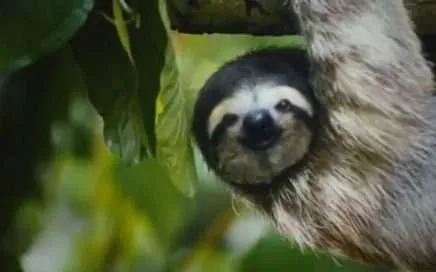
Debunking myths about Costa Rica’s South Pacific destination
There is false information circulating that suggests the South Pacific Costa Rica is an expensive destination
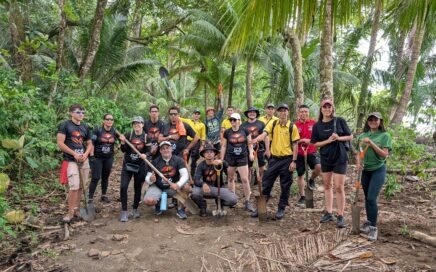
Beach Clean Up in Uvita: Community Spirit in Action at Marino Ballena National Park
Beach Clean Up in Uvita Community Spirit in Action at Marino Ballena National Park Author: Sophie Schindler
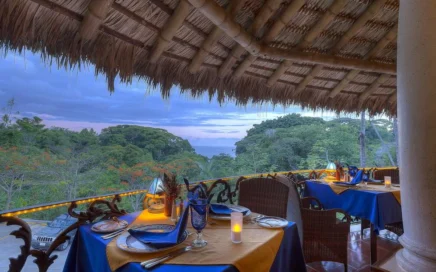
Costa Rica’s First 100% Gluten-Free Gourmet Restaurant
Costa Rica’s First 100% Gluten-Free Gourmet Restaurant La Palapa Restaurant: Indulgence Without Compromise Travelers come to Costa Rica seeking nature, adventure – and memorable dining. At Cuna del Ángel, a boutique hotel nestled in the […]

Adventure Begins Where Comfort Ends: Our Rain-Soaked Snorkeling Tour to Caño Island
What I Learned from Traveling in the Rain or Why a Plastic Cape Can Teach Humility Our Snorkeling Tour to Caño Island
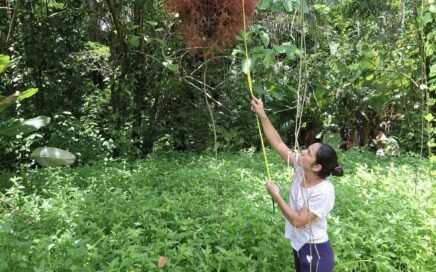
Increasing Biodiversity in the Path of the Tapir Biological Corridor
The area including the Path of the Tapir Biological Corridor in Costa Rica, is one of the few places with increasing biodiversity.
